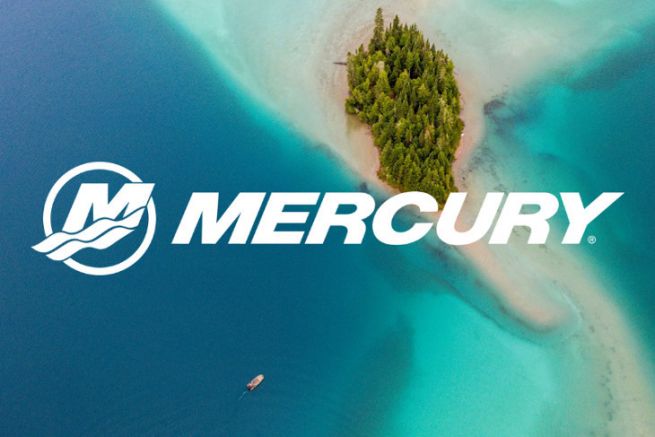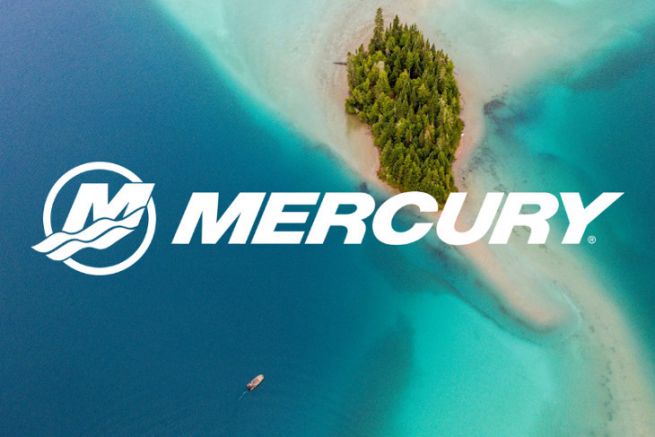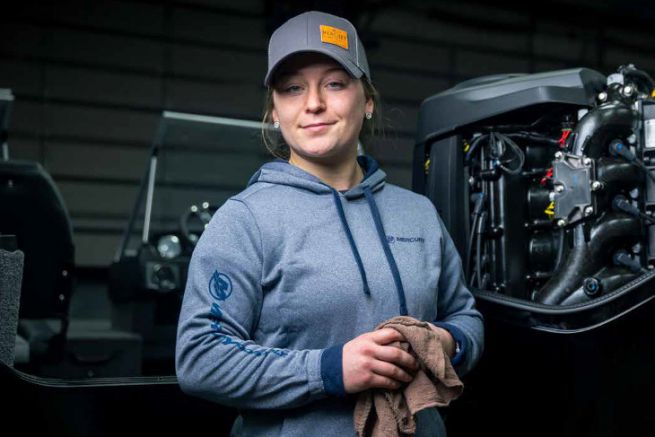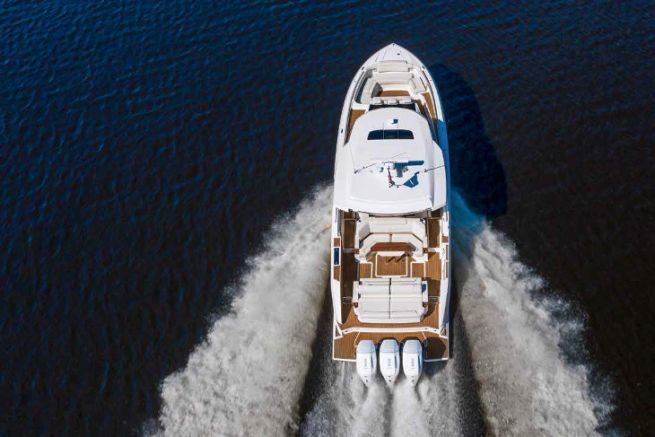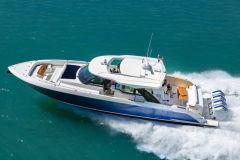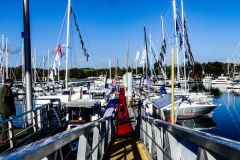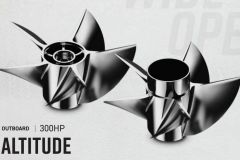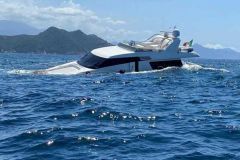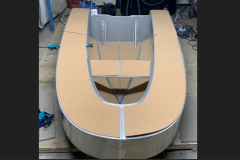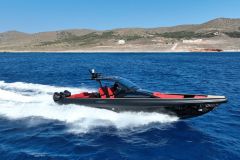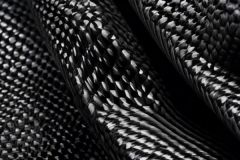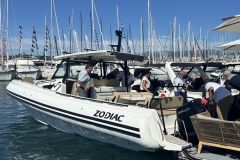Ambitious objectives
Mercury Marine, a division of Brunswick Corporation, is the world leader in marine engines, with four manufacturing facilities worldwide and a dealer network of subsidiaries and distributors in 40 countries. At all of these locations, the company is committed to a responsible environmental policy. To this end, it has set itself the objective of reducing its water consumption by 25% by the end of 2025 compared to 2016 and that half of its distribution sites and warehouses reach the "no waste to landfill" label.
Limit waste and pollution generated by Mercury Marine
Across its plants and distribution centers, Mercury Marine is focused on packaging management and recycling. The Juarez plant in Mexico, which manufactures wiring harnesses and electrical components for Mercury engines, has increased the amount of cardboard and plastic packaging material recycled by 20 percent, while the Santa Catarina and Manaus plants in Brazil estimate that 72 trees are saved each year through the paper they recycle.
At the Suzhou plant in China (where 40, 50 and 60 hp engines are manufactured), new watertight floor coverings and plastic pallets under the engines prevent and eliminate the risk of dispersing pollutants from the engines.
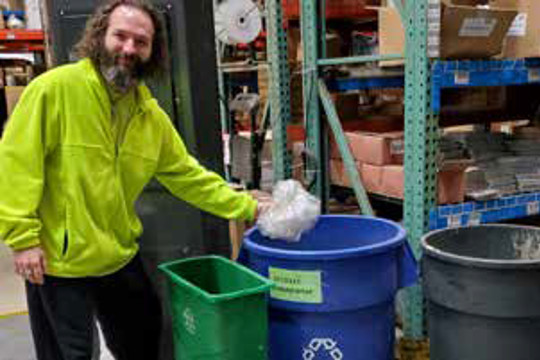
Between 2005 and 2021, hazardous waste generated has decreased by 46%.
By optimizing this management, Kellog Marine's distribution site in Old Lyme, which is part of Land 'N' Sea (LNS), has become "zero landfill waste." In 2021. This is the second facility identified as such as the main plant in Fond du Lac, Wisconsin, had achieved this distinction in 2019.
Water management and treatment
Resource management is also crucial. By treating more than 2,954,900 liters of wastewater from the production machines each year, water consumption is reduced and more than 37,000 km of truck travel is saved, along with its environmental impact.
Recycle and reuse
The choice of materials and equipment is also a lever for environmental protection for Mercury Marine. All the aluminum used by the company to cast its engine blocks comes from recycled objects: vehicle wheels, cables or scrap from the Brunswick Boat Group are purified and re-melted to make the engines. The company uses about 18,000 tons of this material each year.
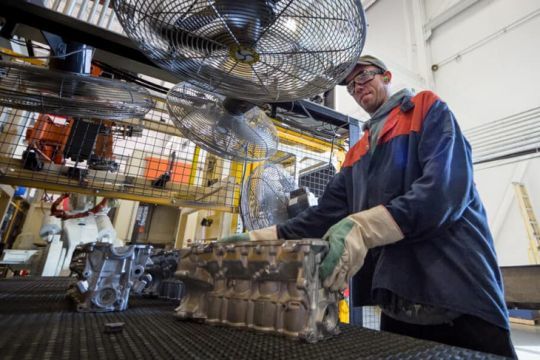
Reuse is another focus. Engine delivery chassis are now recovered from dealerships to be reused for the delivery of other units. In 2021, $5.5 million was invested in 24,000 reusable parts packaging and $1.8 million in 3,000 engine packaging, which were used for 50,000 deliveries.
Societal incentive
Beyond its own plants, Mercury Marine supports its employees (approximately 7,800 worldwide) in environmental initiatives such as waste recovery in their communities. The company also supports associations and movements such as Sea Cleaners in Auckland, New Zealand, which collects waste at sea, or Blue Odyssey in France, an expedition program based on science and technology, dedicated to the protection and preservation of underwater coastlines.
From manufacturing to delivery and beyond, Mercury Marine is continually improving its environmental impact.
